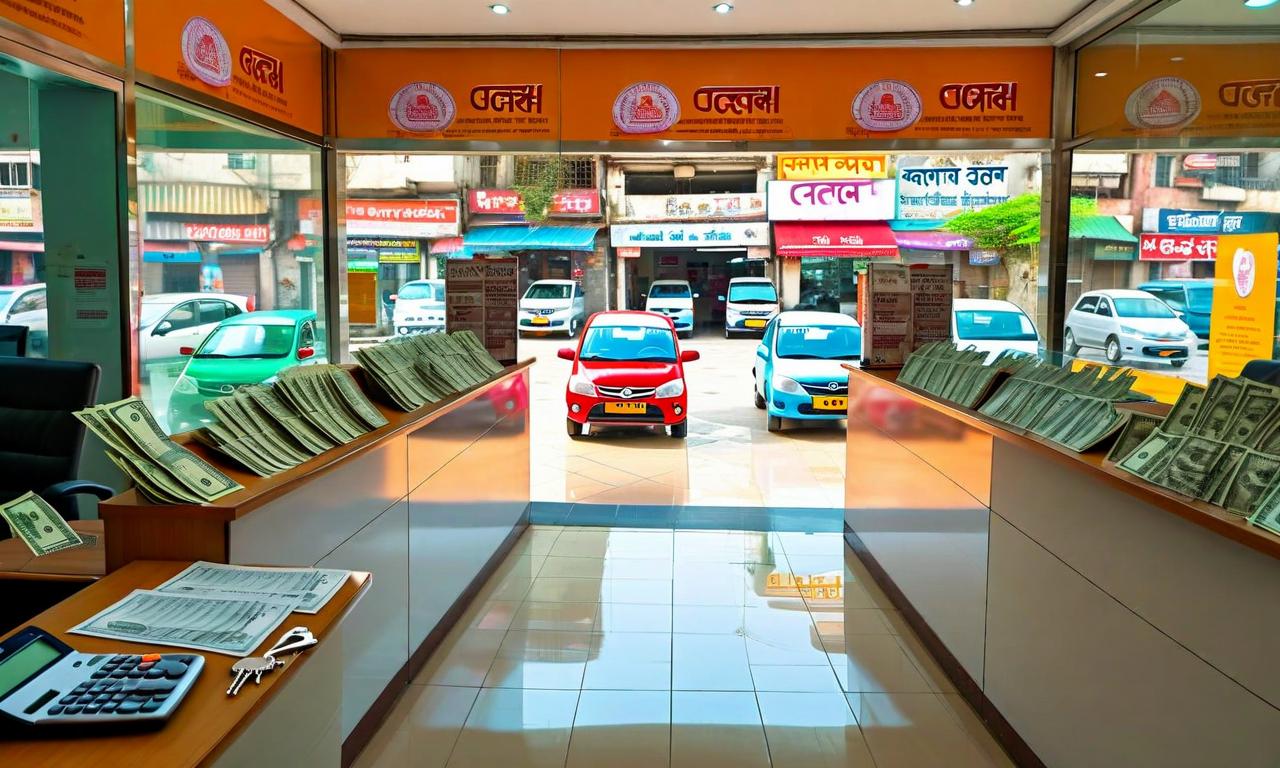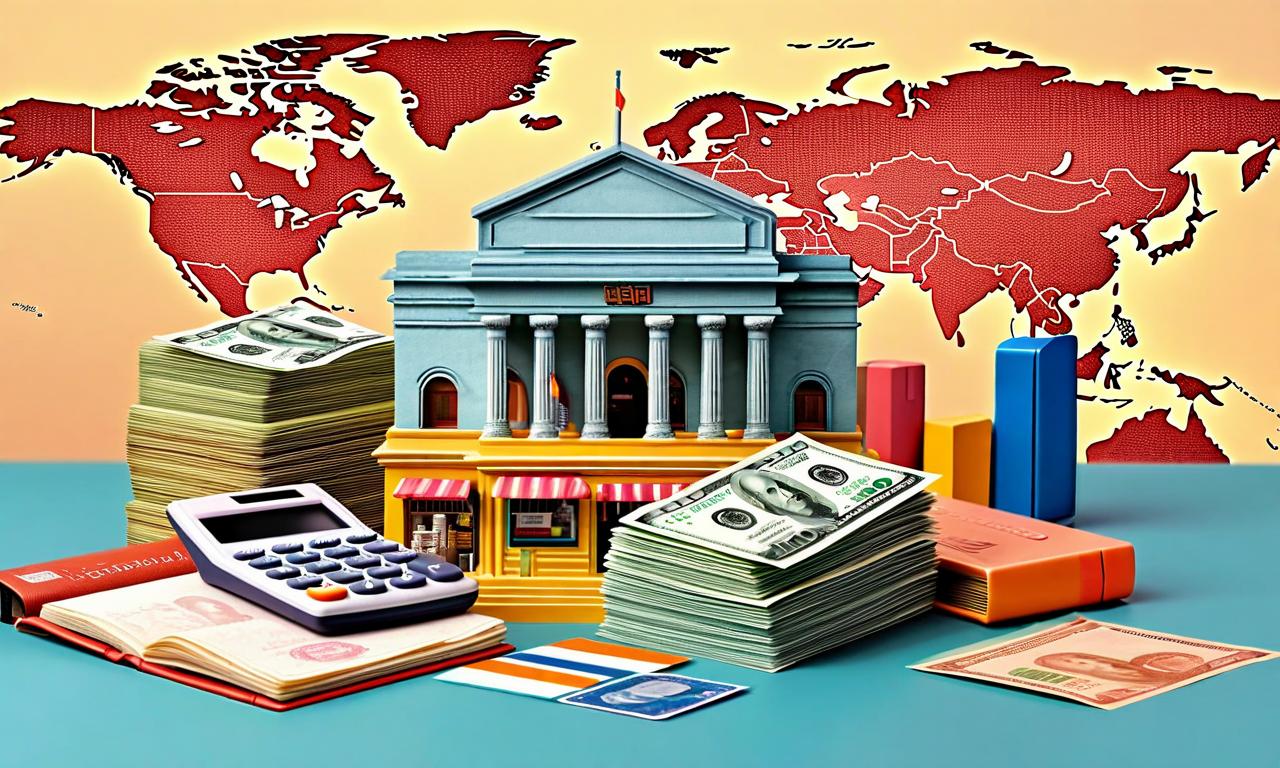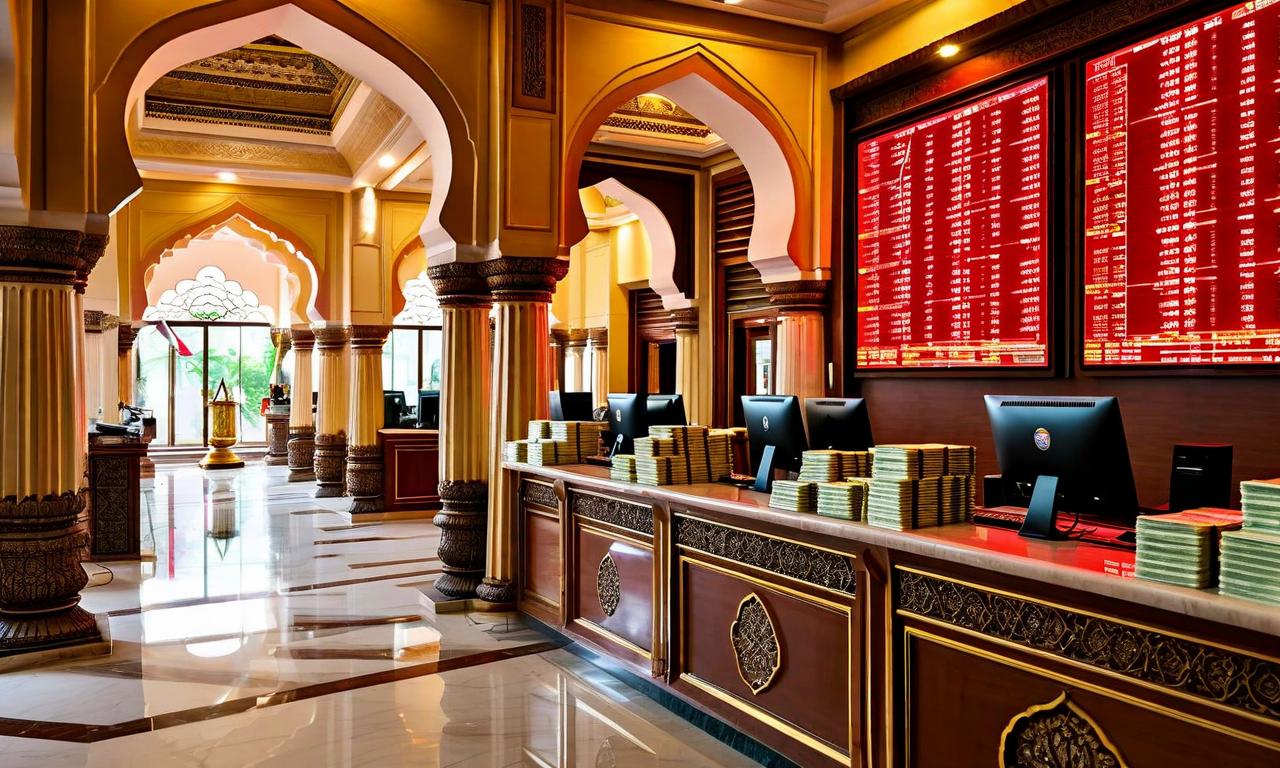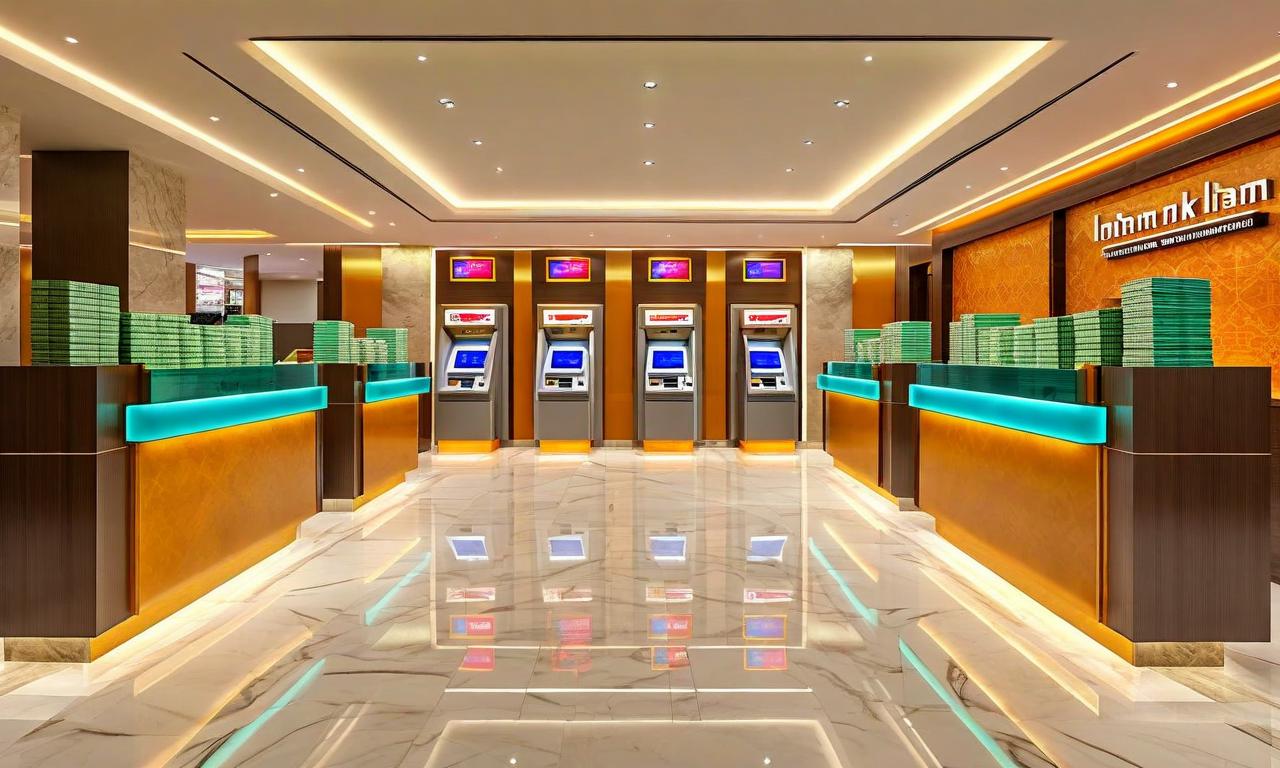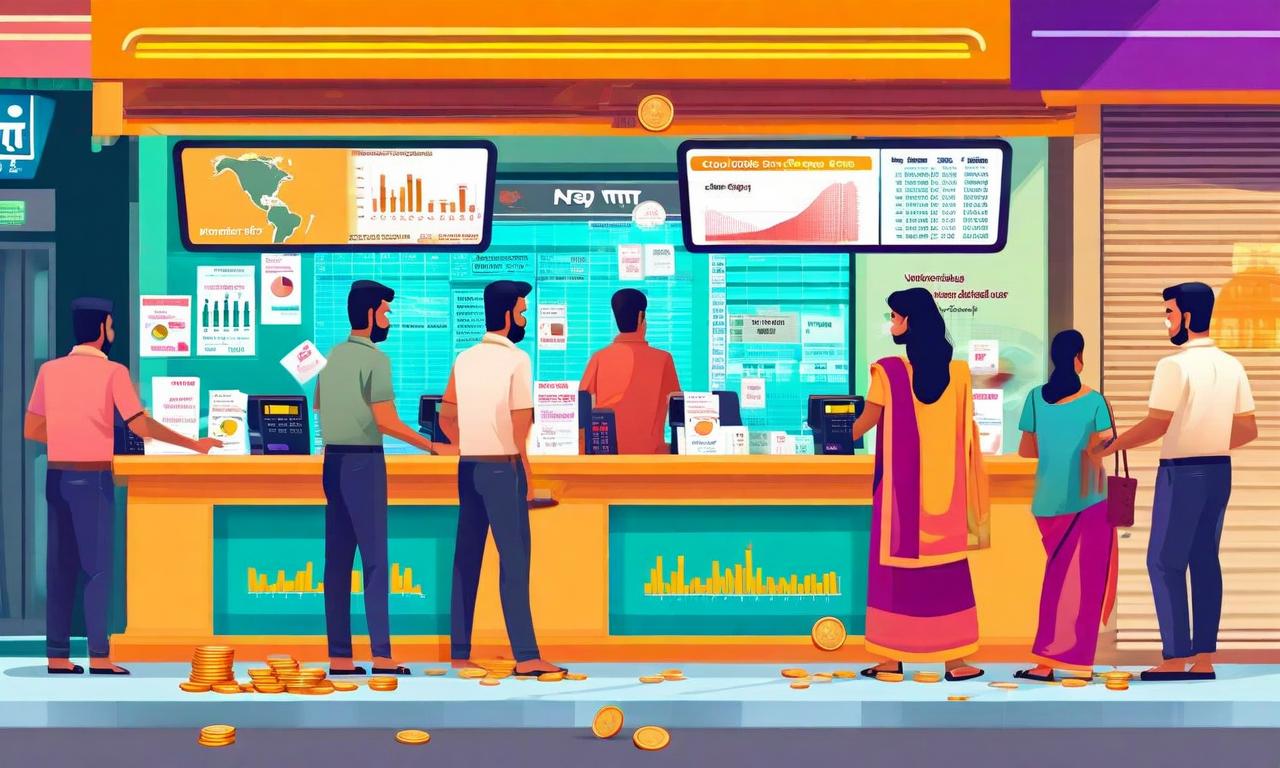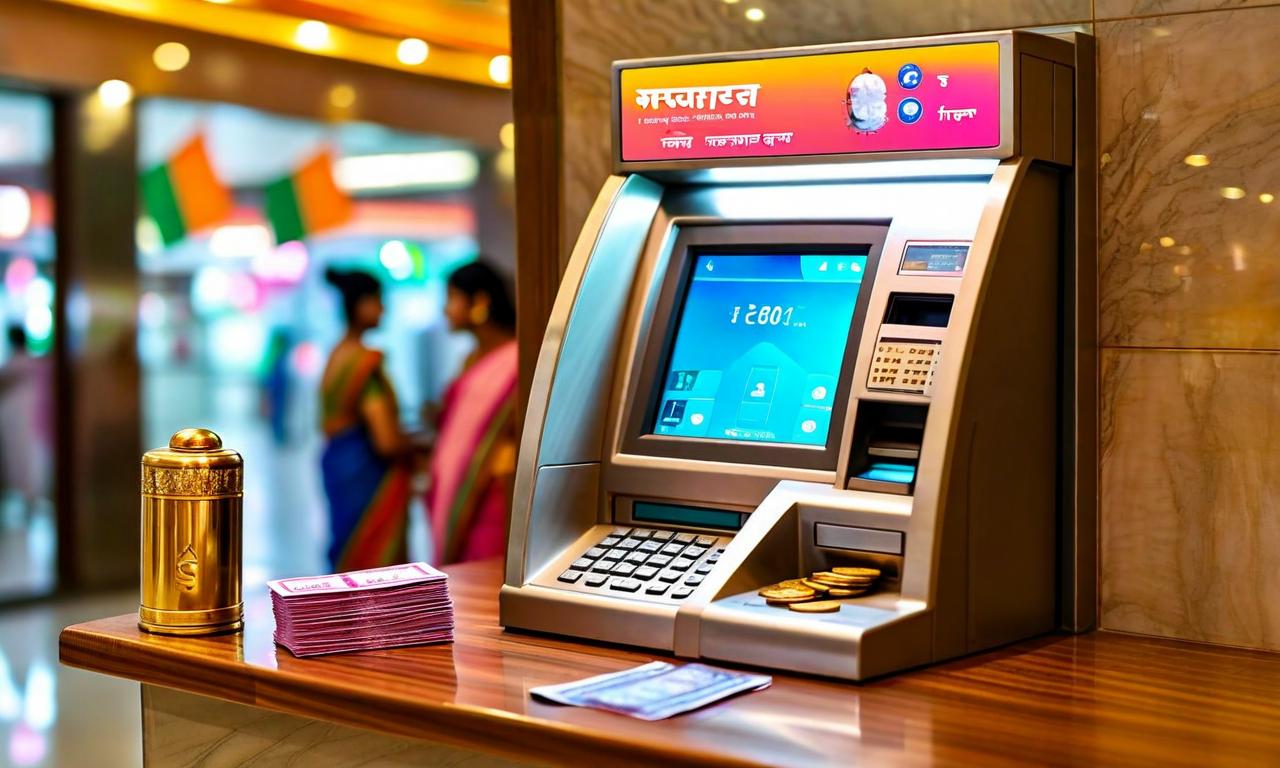Banks Target Affluent Customers with Luxury Home Loans as Premium Housing Booms
Banks are shifting focus to affluent customers by offering specialized loan products for luxury homes, as the premium housing segment experiences robust growth. Luxury homes now account for 34% of sales in Q1, up from 30% previously, with an 85% year-on-year growth. Banks offer competitive interest rates of 7.50% to 7.90% for top-tier borrowers. This strategy helps offset the overall home loan market slowdown, which has decelerated to 9.60% year-on-year growth. The luxury segment is expected to continue strong performance, projected to account for 38-40% of new launches, while affordable and mid-segment housing markets are anticipated to shrink.

*this image is generated using AI for illustrative purposes only.
In a strategic shift, banks are increasingly focusing on affluent customers by offering specialized loan products for luxury homes. This move comes as the premium housing segment experiences robust growth, contrasting with the overall slowdown in the mortgage market.
Luxury Housing Market Surge
The luxury housing market has shown remarkable growth, with high-end properties comprising a larger share of total sales. Luxury homes, defined as properties priced above ₹2 crore in Mumbai and Delhi and ₹1.5 crore in other metropolitan areas, now account for 34% of sales in the first quarter, up from 30% in the previous period.
The segment has witnessed an impressive 85% year-on-year growth, with nearly 7,000 high-end units sold across the top seven cities in India. This surge in luxury home sales has caught the attention of banks, who are now tailoring their offerings to cater to this lucrative market.
Competitive Loan Rates for Premium Borrowers
To attract high-net-worth individuals, banks are offering competitive interest rates ranging from 7.50% to 7.90% for top-tier borrowers. These attractive rates, combined with the growing demand for luxury properties, are helping banks offset the deceleration in the overall home loan market.
Overall Mortgage Market Slowdown
While the luxury segment thrives, the broader home loan market has experienced a slowdown. The growth rate of the home loan market has decelerated to 9.60% year-on-year, reaching ₹30.81 lakh crore in June, down from the earlier growth rate of 13%.
Strategic Advantages for Banks
Banks view affluent borrowers as more than just mortgage clients. These customers present opportunities for cross-selling a range of financial products and services over the typical 10-20 year loan tenure, including:
- Wealth management products
- Insurance policies
- Other financial services
This approach allows banks to maximize the lifetime value of their high-net-worth customers.
Future Projections for the Housing Market
The premium housing segment is expected to continue its strong performance, with projections indicating that luxury homes will account for 38-40% of new launches. In contrast, the affordable and mid-segment housing markets are anticipated to shrink:
- Affordable housing segment: Expected to decrease to 10-12% of new launches
- Mid-segment housing: Projected to reduce to 19-20% of new launches
These shifts are primarily attributed to rising land and material costs, making it increasingly challenging for developers to offer properties in the lower price brackets.
Implications for the Real Estate Sector
The focus on luxury housing and the shrinking affordable housing segment could have significant implications for the real estate sector:
- Increased competition among developers in the luxury segment
- Potential pricing pressures in the affordable housing market
- Shift in urban development patterns, with more emphasis on high-end residential areas
As banks continue to adapt their strategies to market trends, the luxury home loan segment is likely to remain a key focus area, potentially reshaping the landscape of both the banking and real estate sectors in India.


